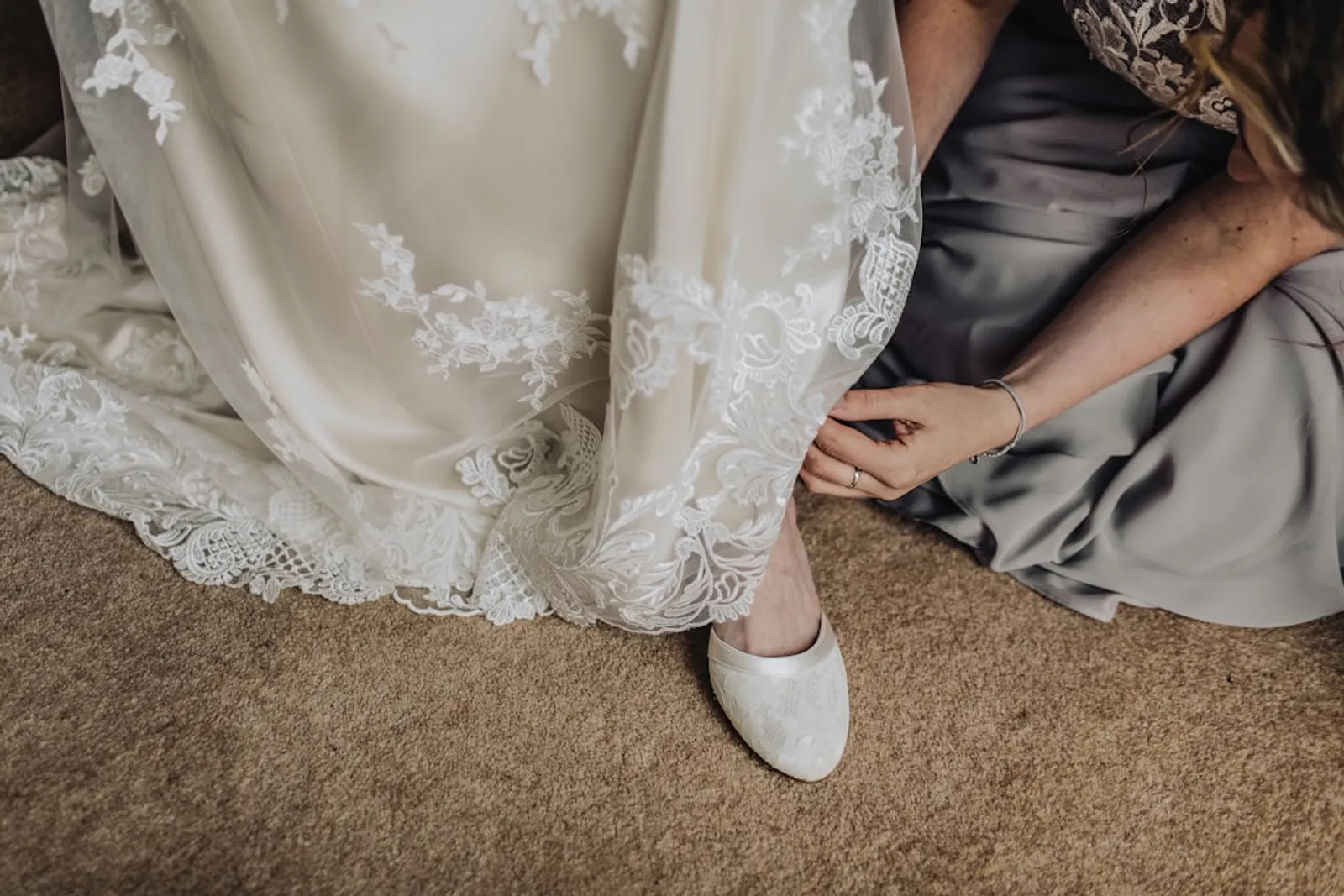Essential Tips for Navigating Wedding Dress Alterations

Understanding the Importance of Dress Alterations
Wedding dress alterations are a crucial step in ensuring that your gown fits you perfectly on your special day. A well-altered dress not only boosts your confidence but also enhances the overall look of your wedding ensemble.
When to Schedule Alterations
Timing is key when it comes to wedding dress alterations. Ideally, you should start the process about three months before your wedding date. This timeframe allows for multiple fittings and any adjustments needed to achieve that impeccable fit.
Finding the Right Seamstress
Trusting your wedding dress to a skilled seamstress is essential. Look for someone with extensive experience in bridal alterations, and don't hesitate to ask for references or examples of their previous work. Local bridal shops often have recommendations for trusted seamstresses.
Budgeting for Alterations
Alterations can add up, so it's important to factor them into your overall wedding budget. Costs can vary depending on the complexity of the adjustments, but setting aside a specific amount will help avoid any last-minute financial surprises.
The Fitting Process: What to Expect
First Fitting
During your first fitting, the seamstress will assess the fit of your dress and discuss the necessary alterations. Make sure to bring the shoes and undergarments you plan to wear on your wedding day, as these can significantly affect the fit.
Subsequent Fittings
Subsequent fittings will involve making precise adjustments to the gown based on your feedback and the seamstress's expertise. Typically, brides undergo two to three fittings to ensure everything is perfect.
Final Fitting and Pick-Up
The final fitting usually takes place a few weeks before the wedding. This is the time to make sure the dress is flawless and comfortable. Once everything is perfect, plan to pick up your dress and store it in a safe, dry place until the big day.
Common Wedding Dress Alterations
Hem Adjustments
One of the most common alterations is adjusting the hem to ensure it falls at the perfect length. This alteration is essential, especially if you've chosen heels or any specific footwear for your wedding day.
Taking In or Letting Out
Whether you need your dress taken in or let out, these adjustments help achieve the perfect fit around your bust, waist, and hips. It's important to remember that weight fluctuations can occur, so maintaining communication with your seamstress is key.
Bustle Creation
If your dress has a long train, adding a bustle allows you to dance and move freely without tripping over the fabric. A bustle is a crucial alteration for practicality and elegance during the reception.
Tips for a Smooth Alteration Experience
- Communicate Clearly: Be open and clear with your seamstress about your vision and any concerns you have.
- Stay On Schedule: Ensure you're available for all scheduled fittings to avoid any last-minute stress.
- Bring a Companion: Having a trusted friend or family member with you can provide valuable input and support during fittings.
- Trust the Process: Skilled seamstresses know how to work their magic; trust their expertise and experience.
Following these essential tips will help make your wedding dress alteration process smooth and successful, ensuring you walk down the aisle looking and feeling your best.



